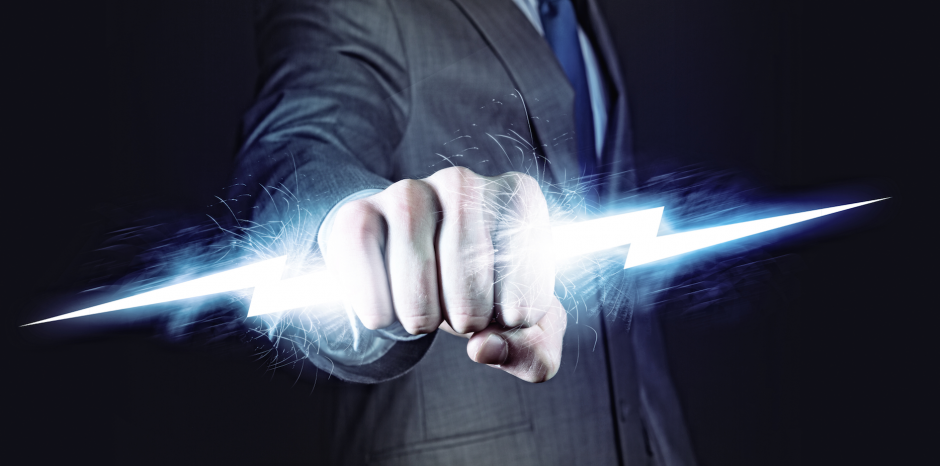Michael Breus PhD explains why learning your best time to do everything could be the greatest life hack of all.
Do you want a simple, straightforward life hack that requires little effort and gets you closer to happiness and success? Of course you do! This might sound like a promise waiting to be broken. It’s not.
You’ve probably already seen a lot of tricks and tips about the “what” and “how” of success. “What” and “how” are excellent and necessary questions. But there is another crucial question that must be addressed in order to make fast, dramatic, lasting improvements in the quality of your life across the board. That question is “when.”
“When” is the ultimate life hack. It’s the foundation of success, the key that unlocks a faster, smarter, better, and stronger you. Knowing “when” enables you to perform “what” and “how” to your maximum potential. If you didn’t change a thing about what you do and how you do it, and only made micro-adjustments to when you do it, you’d be healthier, happier, and more productive, starting . . . right now.
To explain we need to think about something called ‘chronotypes’. Every person has a master biological clock ticking away inside his or her brain, and dozens of smaller biological clocks throughout his or her body.
But not every person’s biological clocks keep the same time. Your friend’s inner clocks might run at a different pace than yours, or your partner’s, or your kids’. You know this already; you’ve observed that some people wake early, or don’t feel hungry when you do, or are full of energy when you are winding down. Different people fall into different classifications, or chronotypes, based on general morning and evening preferences.
According to conventional wisdom, there are three chronotypes: Larks, the early risers; Hummingbirds, neither early nor late risers; and Owls, the late risers.
Psychologists and sleep doctors have long used a standard Morningness-Eveningness Questionnaire (MEQ) to determine an individual’s chronotype. Having worked with patients and studied in the field for over fifteen years, I’d always been bothered by the three categories and how they were determined. By only assessing an individual’s sleep/wake/activity preferences, the MEQ didn’t match the patient population in my clinical practice at all.
The established chronotype assessment didn’t include both measures of the two-step system for sleep. Along with wake preference, there is “sleep drive” — your need for sleep. Some people have higher sleep drives than others, just as some have stronger sex drives than others.
Your sleep drive is genetic, and it determines how much sleep you need and your depth of sleep. Those with low sleep drive don’t need a lot of sleep, so the night seems very long to them. Low sleep drive people are easily woken up by sound and light disturbance, and they wake up feeling less than refreshed.
Those with high sleep drive need more hours of sleep, so the night feels too short for them. High sleep drive people sleep deeply, but they wake up feeling less than refreshed no matter how much sleep they get.
Those with medium sleep drive sleep somewhat deeply and are satisfied and refreshed by seven hours of continuous rest.
The MEQ wasn’t designed to take into account the individual’s personality. But personality turns out to be incredibly important for figuring out chronotype. For example, morning types tend to be more health-conscious. Evening types tend to be impulsive. This has been confirmed in dozens of studies. In a comprehensive evaluation of chronotype, personality is too big and relevant to ignore.
My second issue was that classic definitions didn’t match up with my patients. The three established types excluded 10 percent or more of the general population: insomniacs. Although bad sleepers can be found among early, late, and normal risers, true insomniacs – I believe – are a distinct chronotype.
I decided to redefine the groups, rename the chronotypes with the names of relevant mammals and write a questionnaire of my own that took all the important factors into account.
Once you know your chronotype, you have the secret to working out the best time of the day to do everything from drink coffee, go for a run, ask for a raise, go to sleep, – or even have sex. It’s a fascinating discovery of becoming in sync with your body and scheduling your day, week or month to maximise peak well-being, productivity and efficiency, leaving you the time and energy to feel your best and enjoy life.
You can take my quiz in my book The Power of When or online here http://thepowerofwhenquiz.com/.
What’s Your Chronotype?
- Dolphins. Real dolphins sleep with only half of their brain at a time (which is why they’re called unihemispheric sleepers). The other half is awake and alert, concentrating on swimming and looking for predators. This name fits insomniacs well: intelligent, neurotic light sleepers with a low sleep drive.
- Lions. Real lions are morning hunters at the top of the food chain. This name fits morning-oriented driven optimists with a medium sleep drive.
- Bears. Real bears are go-with-the-flow ramblers, goodsleepers, and anytime hunters. This name fits fun-loving, outgoing people who prefer a solar-based schedule and have a high sleep drive.
- Wolves. Real wolves are nocturnal hunters. This name fits night-oriented creative extroverts with a medium sleep drive.
The Power of When is out now.




